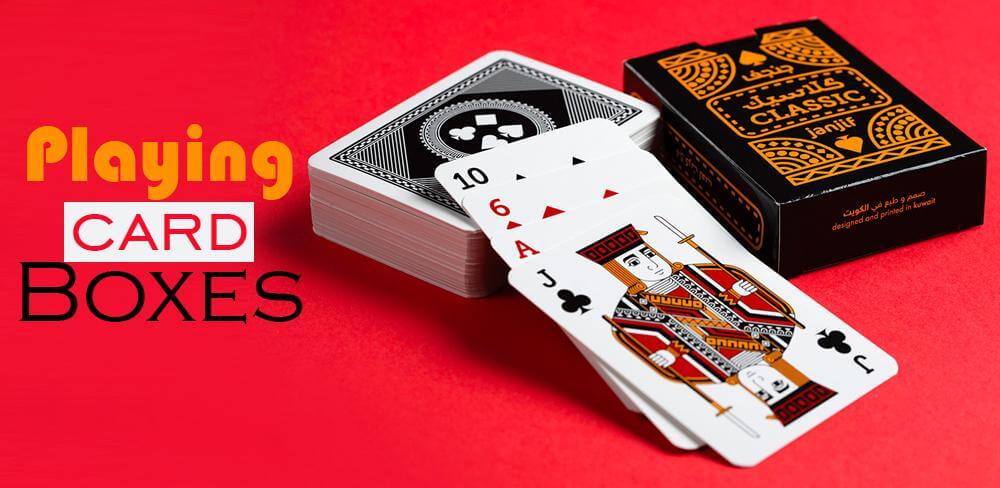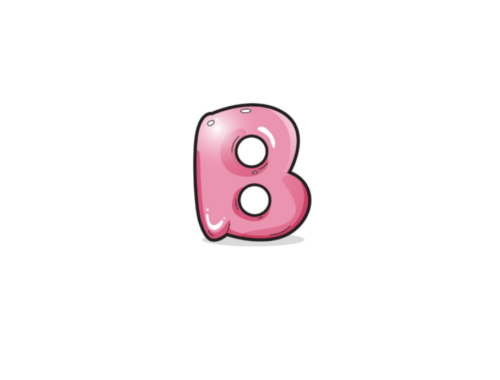
The Latest Trends in Playing Cards Packaging: Retail vs. In-House
Playing cards are popular for many reasons. They’re inexpensive, they can help people learn new skills, and they’re a lot of fun to play with. But there is one thing that most people don’t think about when buying playing cards: the packaging. The two options are retail or in-house packaging.
Retail packaging uses boxes that are pre-made by manufacturers and then filled with your playing card decks.
In-house packages require you to create your box from scratch, which will cost more money upfront but save you money down the road as it’s reusable.
So what should you do? We’ll take a look at both options below so that you can decide what works best for your business needs.
Playing cards packaging is a crucial part of the playing card experience. If you want to be competitive as a playing card manufacturer, your boxes and tins need to stand out on store shelves. But do you know what type of packaging will work best for your business? This blog post will discuss the latest trends in playing cards retail and wholesale packaging – from paperboard sleeves to metal tins with magnetic closures.
Playing cards are a popular game for many people around the world. But not everyone plays with standard decks of cards – in fact, hundreds of different games require specific types of playing card packaging. With so much variety out there, it can be tough to know which style is best for your particular needs. That’s why we’re here! Keep reading to find out more about the latest trends in playing card packaging and how they might affect you as a business owner or designer.
Retail packaging is the most common choice for playing cards, but there are a few reasons that an in-house style might be right for your business or event. Retailers have been known to turn heads with unique designs and custom concepts – many of which can also help build brand recognition for their company as well! On the other hand, if you’re looking to outfit all 50 states with decks of Bicycles, it makes more sense from a cost standpoint to produce them yourself rather than going through distribution channels each time you need new ones printed – especially when hazardous material fees start stacking up after repeated shipments. It’s important to weigh both options before making any decisions about how you’ll ship out orders of your playing cards.
There are several different options to choose from when it comes to playing cards packaging. Many of which can also help build brand recognition for their company as well! On the other hand, if you’re looking to outfit all 50 states with decks of Bicycles®, it makes more sense from a cost standpoint to produce them yourself rather than going through distribution channels each time you need new ones printed – especially when hazardous material fees start stacking up after repeated shipments.
It’s important to weigh both options before making any decisions about how you’ll ship out orders of your playing cards.
Packaging: Retail vs. In-House:
Playing card manufacturers have several different choices on what types of materials they would like to use in producing their playing cards, and some might want to weigh the pros and cons of each.
In custom printed retail packaging, playing cards are typically packaged in a box that is made out of paper or cardboard. The boxes will have an exterior space to hold a flap where you can place custom artwork as well as other information about the card deck itself, such as what it contains within, cost, etc.
When going with this style of playing cards, you would be able to shrink wrap film on either side so that no additional printing hassles would need to take place after they’ve been boxed up ready for shipment.
This could also allow them more time before having any deadline from their printer – depending on how many decks they’re ordering. If there’s not much demand at first, the printer may be willing to allow a little more time for printing.
When going with in-house packaging, you would have to pay close attention to whether or not the artwork is ready before giving it over to your custom playing cards supplier. That will help ensure that they can print out as many decks as quickly as possible without too much delay from any prepping activities on their end. But, on the other hand, you also don’t want them waiting around forever, especially if there’s still some work needed after all this time has passed – which might make them lose interest and take longer because of how long they’ve already been sitting around doing nothing at all.
Most customers prefer using cardboard boxes rather than paper ones due to their sturdiness. But you might have to pay more for the former, which is why it’s not practical when your order is just a small one.
It’s great if there are custom tuck boxes already available that will match perfectly with the design of your deck or cards. If they don’t, then this means that printing them out yourself would be cheaper than having someone else do it because their minimums are usually high. The downside? It may take longer until you can finally get all 52 playing cards inside an actual box since you’ll only be able to print these after every 25 decks sold.
In recent years, the most popular trend has been using plastic cases instead of paper ones due to their durability and better protection against wear and tear. Plastic cases are also very popular with casinos since these can easily be opened and closed again for security purposes.
Using the plastic case is often combined with using a paper box because this offers an even better way of protecting your decks against damage. Paper boxes may not be that good at protecting cards during transport, but if you want to make sure they won’t get damaged when sitting on shelves, then large tuck boxes made out of sturdy material will undoubtedly do the trick! There’s usually no need to go overboard with those, though – just having them big enough, so people have somewhere safe to put their fingers into while taking out a deck from it is more than enough most times.
You May Also Like

How to Draw A Bubble Letter B Easily
February 9,
How to Update QuickBooks Desktop to Latest Release?
August 16,


